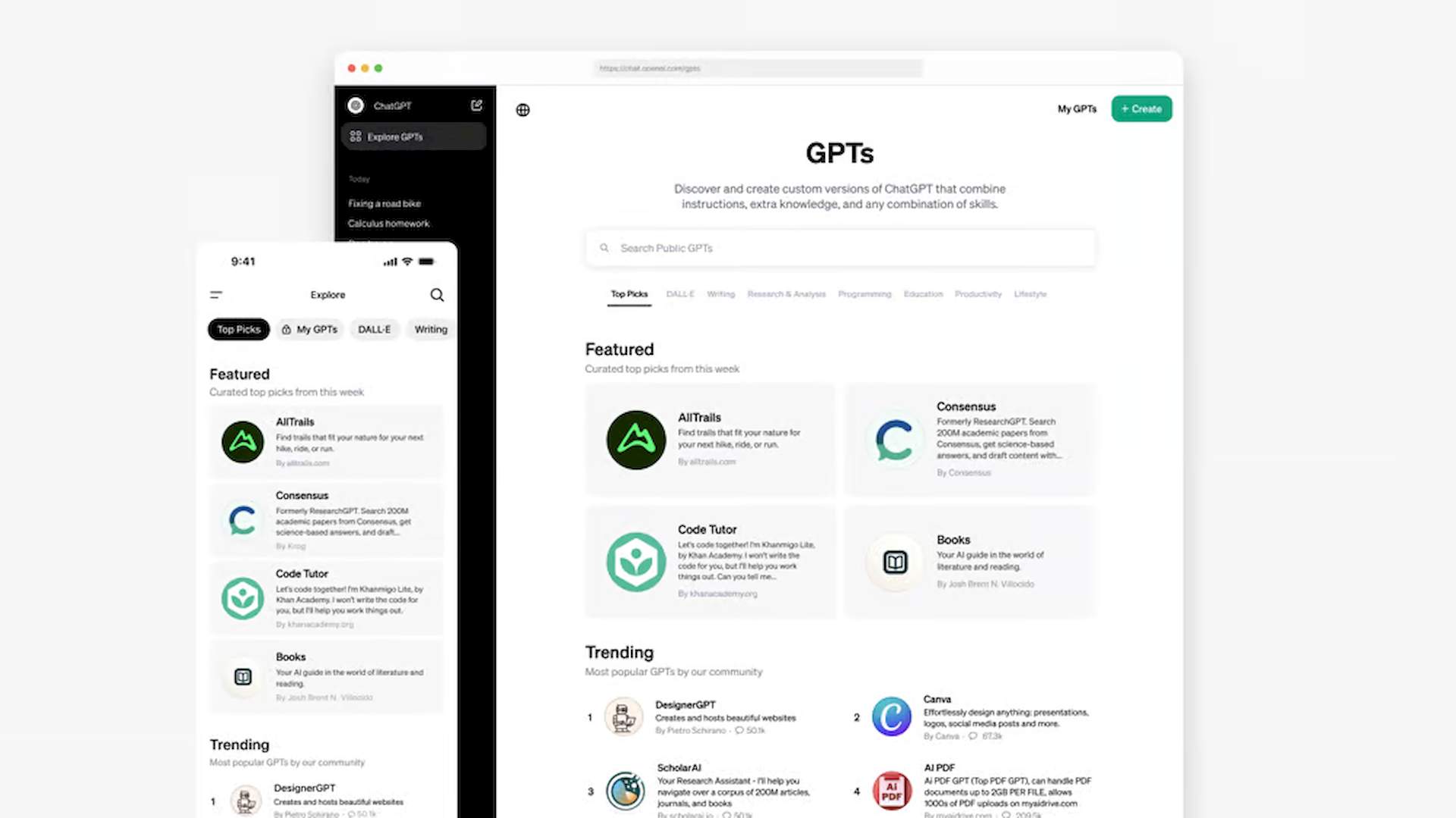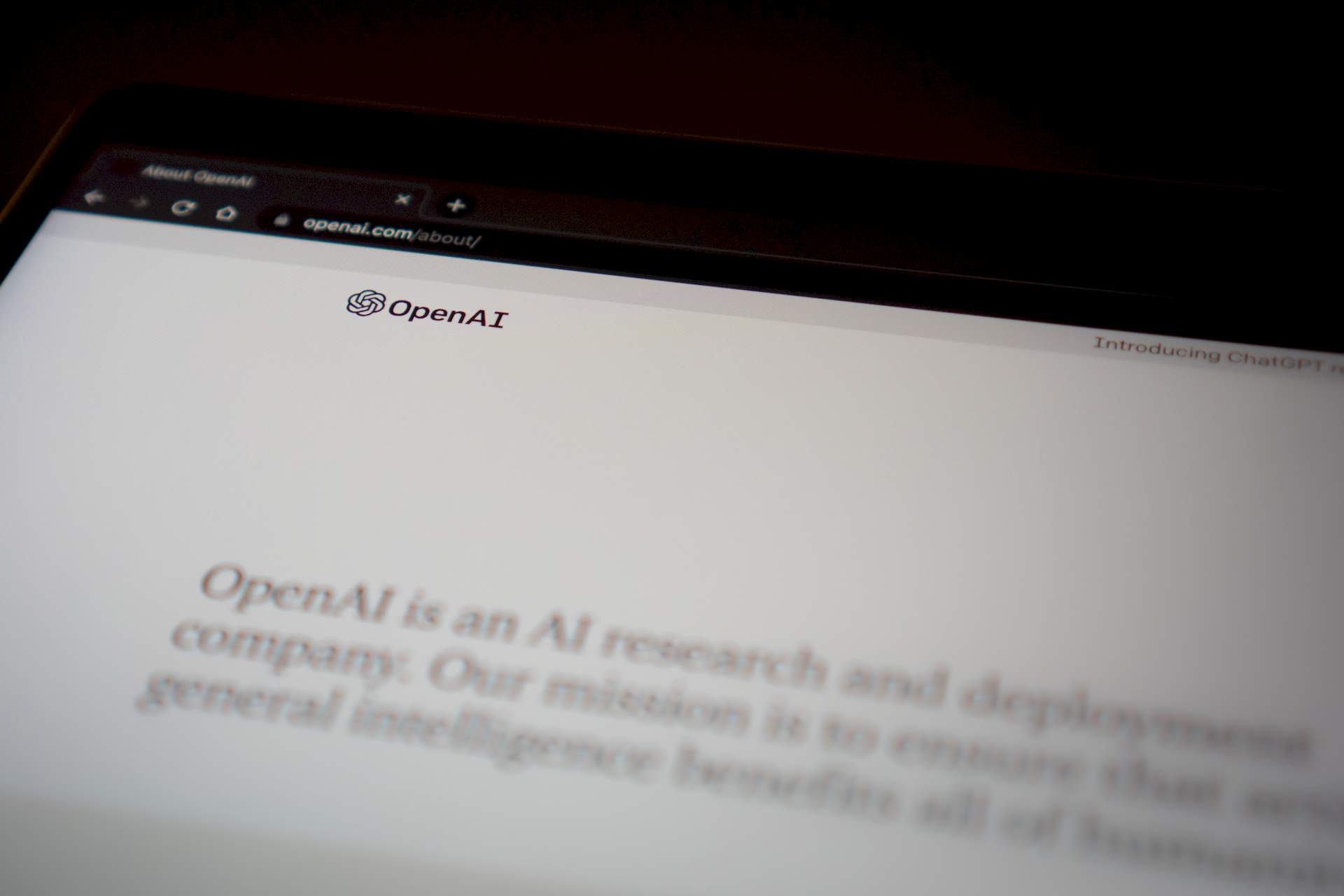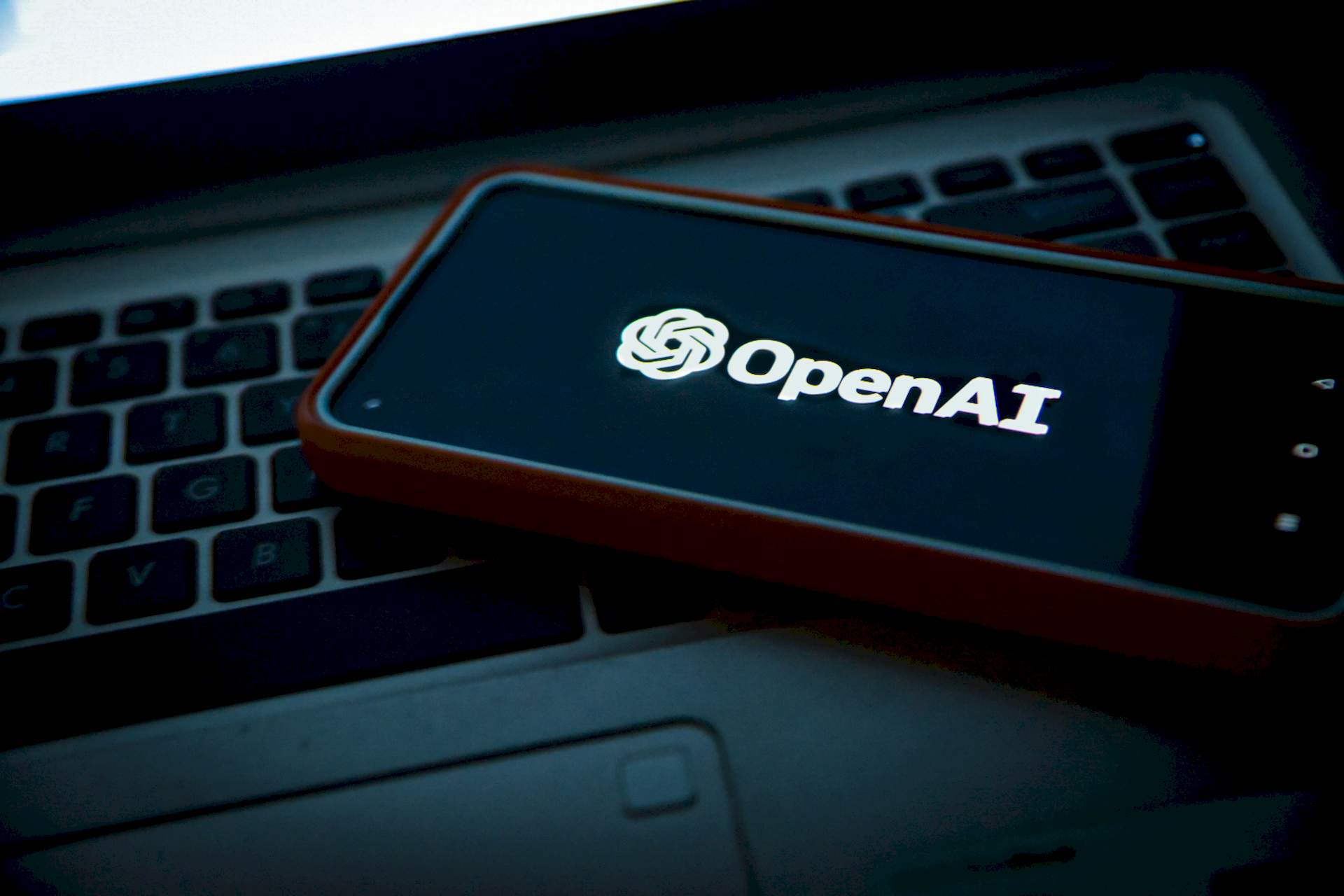And the day has finally arrived, GPT Store, the marketplace for OpenAI’s popular chatbot ChatGPT is finally available!
Move over, Siri and Alexa, the future of AI assistance is here, and it’s customizable. OpenAI, the artificial intelligence powerhouse behind ChatGPT, has opened the doors to its GPT Store, a treasure trove of personalized AI tools just waiting to be unleashed. Forget cookie-cutter chatbots; this is a DIY playground where anyone can build their own AI companion, tailored to their specific needs and desires.
The GPT Store will roll out to users of ChatGPT Plus and Enterprise users, along with subscribers to a new tier called Team.
But what exactly is GPT Store and what makes it such a big deal? Let us explain.

What is GPT Store?
GPT Store, launched by OpenAI, is an online platform where anyone can create, share, and access custom-built AI tools powered by OpenAI’s GPT-3 and GPT-4 language models. Think of it as a marketplace for personalized AI assistants, where you can build your own mini-ChatGPTs tailored to your specific needs and interests.
The standout feature of the GPT Store is the ability to customize your own GPTs. You can train them on specific data sets and instructions, shaping them to perform specific tasks or fit your unique preferences. The possibilities are endless – want a recipe recommender? Train it on cookbooks. Craving a coding companion? Feed it code examples and tutorials.
And the best part? No coding experience is needed! The platform provides an easy-to-use interface for building your own GPT.
Once you’ve built your GPT, you can share it with the community in the GPT Store. Others can browse, borrow, and even build upon your creations, fostering collaboration and innovation. A leaderboard highlights trending and popular GPTs, allowing users to discover new and exciting tools.
The possibilities for custom GPTs are endless! From personalized learning assistants and customer service chatbots to creative writing companions and even musical composition tools, the GPT Store empowers users to build AI tools that fit their specific needs.
OpenAI also takes ethical considerations seriously and implements safeguards to prevent misuse. All GPTs go through a review process before entering the store, ensuring they comply with ethical guidelines and don’t harbor harmful biases.

What does GPT stand for?
GPT, or Generative Pre-trained Transformer, is a type of artificial intelligence model that has gained significant attention in recent years due to its impressive capabilities and potential applications. Developed by OpenAI, a leading AI research organization, GPTs are designed to perform a wide range of tasks, from generating text and images to answering questions and solving complex problems.
At their core, GPTs are neural networks that are trained on vast amounts of data, allowing them to learn patterns and relationships that would be difficult or impossible for humans to discern. This training enables GPTs to generate new content that is similar to the data they were trained on, but not necessarily identical to it. For example, a GPT trained on images of dogs could generate a new image of a dog that looks like it was taken by a photographer, even though the specific dog and background in the generated image are not present in the training data.
One of the key benefits of GPTs is their ability to be fine-tuned for specific tasks. This means that a single GPT can be adapted to perform a wide range of related tasks, making it a highly versatile tool for a variety of applications. For instance, a GPT trained on medical images could be fine-tuned to diagnose different types of diseases or identify potential health risks.
And now, with the GPT Store in our hands, everyone can build their custom GPTs without any sort of coding knowledge!

How to use GPT Store
The GPT Store offers exciting possibilities for building your own AI companion, but navigating it can seem daunting at first. Here’s a breakdown of the key steps on how to use it:
Using the existing GPTs
- Browse the GPT Store to see what others have built. Use the search bar or explore categories like education, productivity, entertainment, etc. This can give you inspiration and ideas for your own GPT
- Check out the leaderboard for popular and trending GPTs. You can even borrow and test them out to get a feel for the platform’s capabilities
Build your own GPT
- Click “Create GPT” to begin
- Choose a name and description for your GPT
- Select a training mode: “Continue Training” allows you to upload your own data (text, code, etc.), while “Fine tune on OpenAI API” lets you use OpenAI’s pre-trained datasets
- Upload your data or choose an API dataset. You can also combine multiple sources for a more nuanced GPT
- Define instructions for your GPT. What tasks should it perform? What knowledge should it have? Be specific and clear in your instructions
- Review and confirm your settings. Once satisfied, click “Train” and let OpenAI work its magic
Once the training is complete, you can test your GPT in the sandbox. Ask it questions, give it tasks to perform, and see how it responds. Analyze the results and identify areas for improvement. You can adjust your instructions, add more data, or even try different training modes.
Remember, training is an iterative process. Don’t be afraid to experiment and refine your GPT until it meets your expectations. If you’re happy with your GPT, you can share it with the community in the GPT Store. Others can browse, borrow, and even build upon your creation.

How much will users earn with GPT Store?
The precise amount users will earn with the GPT Store is difficult to say at this early stage, as it depends on a variety of factors. OpenAI hasn’t officially announced the pricing model for the GPT Store. It could involve a subscription fee, pay-per-use model, or other options. The chosen model will directly impact your earnings potential.
Also, the main driver of earnings will be the popularity and demand for your custom GPT. If it proves valuable and solves a specific problem for a particular audience, you can potentially attract a lot of users and generate significant revenue.
Remember: Users also have the option to borrow GPTs for free, which might limit your income potential for popular creations. So if you want to generate a revenue stream, your target custom GPT must be one that should be visited again and again.
So, while it’s impossible to predict individual earnings, the GPT Store offers promising income potential for creators who build popular and useful custom GPTs. The platform is young and evolving, so it’s important to stay informed about updates and adjust your strategies accordingly.





